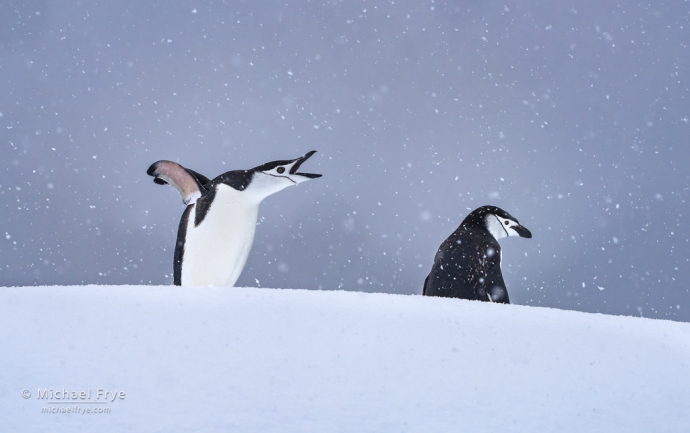
Chinstrap penguin calling, Antarctica. On our first zodiac excursion we encountered these two chinstraps posing for us on an iceberg in a snowstorm.
Claudia and I just returned home from Antarctica. What a wonderful trip! It’s hard to believe that this place actually exists here on earth, because it seems so different than everywhere else on the planet. It’s other-worldly, yet strikingly beautiful.
I made a lot of photos on this trip – over 35,000! Some of that was wildlife photography, which demands capturing many frames to catch the right pose or moment of action. And most of the landscape photos were also hand-held from a moving ship or zodiac, where I had to capture a series of frames to ensure catching the right angle as we passed one compelling scene after another. But the biggest problem was that the place is just so damned beautiful that there were photos everywhere I looked!
I’m still sorting through all those images, and thinking about how to share them. I can’t possibly post all my favorites here on the blog, but I want to share some of them, and try to convey a little bit what the whole experience was like. So I’m going to describe a couple of specific time periods, starting here with the first 36 hours. After that I plan to write about January 18th, a wonderful day filled with beautiful light and scenery. After that… we’ll see where it goes.
The First 36 Hours
We boarded our chartered flight from Punta Arenas, Chile, to King George island in the South Shetland Islands at 5:30 a.m. on January 16th. An early start, but we were raring to go.
A few hours later we were standing on a black-sand beach, waiting to board zodiacs to take us to our ship, the Hans Hansson. A half-dozen chinstrap penguins swam up and stood on the shore 30 feet away. Welcome to Antarctica!
The Hans Hansson is small, with just enough room for our nine participants, Claudia, me, my wonderful co-instructor Chris Linder, and the ship’s crew of seven people. It’s intentionally small; Justin Black, Visionary Wild‘s founder, chose this ship because it can go places bigger ships can’t, and, with only our group on board, we can adjust our route to make the most of the conditions and photo opportunities. I would learn how important these things were over the next two weeks.
As we motored away from King George island through Maxwell Bay, we could see huge glaciers on either side. And the ice grew more abundant as we headed farther south. It’s estimated that 80% of the Antarctic Peninsula is covered in ice, but even that number seemed conservative to me. In most of the places we visited the only land not covered in ice consisted of steep cliffs and a few rock outcrops.
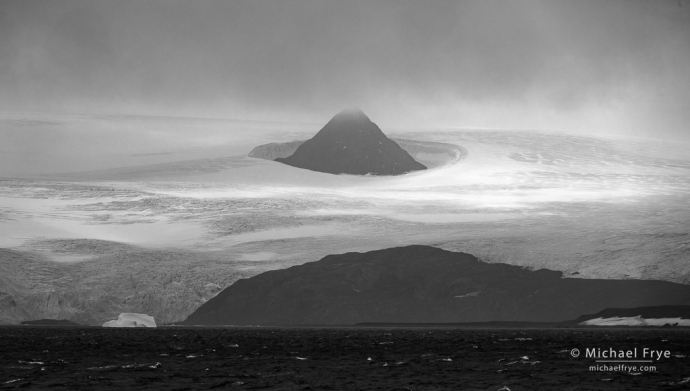
Glacier and peak, King George island, South Shetland Islands. Our first hour aboard the Hans Hansson brought us past beautiful scenes of glaciers, rocks, light, and clouds.
On that first day and evening we crossed Bransfield Straight to get to the peninsula. Our ship was rocking in the straight’s swells, but we were grateful that we had flown across the much-bigger waves of the Drake Passage, which is notorious as one of the roughest stretches of ocean in the world.
As we sailed southwest, we saw big mountains and glaciers on the islands to our north. Sun broke through the clouds and created sunbeams over the water:
Later, close to sunset, as I was sitting in the galley going through some of my photos, Claudia looked out a porthole and told me there was light breaking through on the mountains. So I grabbed my camera and raced outside to catch the sunset light on the glaciated mountains:
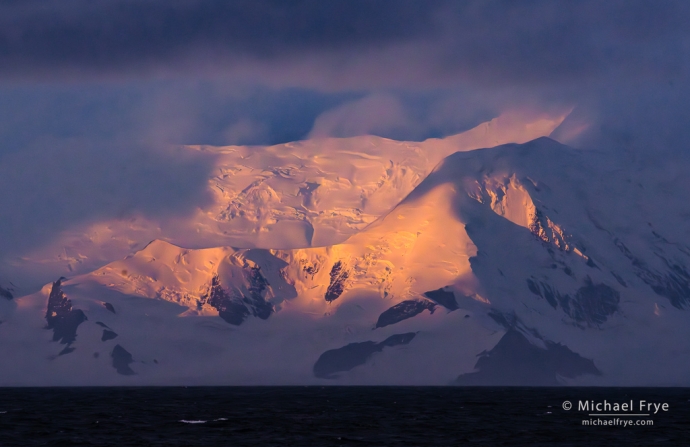
Ice-covered mountains at sunset, South Shetland Islands. We passed these mountains as the last light of the sun broke through on our first day.
I was quickly finding out that striking scenery is all around you in Antarctica. It’s not just confined to a few special spots. Massive glaciers, stunning mountains, and sculpted icebergs abound. That, coupled with the 10 p.m. sunsets and 3 a.m. sunrises, meant that I wouldn’t be getting much sleep!
The next morning found us anchored in a calm, beautiful inlet, with sunlight hitting the peaks across the bay:
After breakfast we ventured out in zodiacs for the first time. We soon learned the routine of putting on our rain gear, Muck Boots, and life jackets, and boarding the zodiacs to go ashore or cruise through interesting areas that even the Hans Hansson couldn’t fit through. This first trip took us to some narrow, rocky clefts between small islands. As we entered the first passage, two chinstrap penguins hopped out of the water onto an iceberg in front of us. It had started snowing by then, which was a perfect complement to the scene (shown here and at the top of this post). The two penguins obligingly posed atop the iceberg for a good 25 minutes:
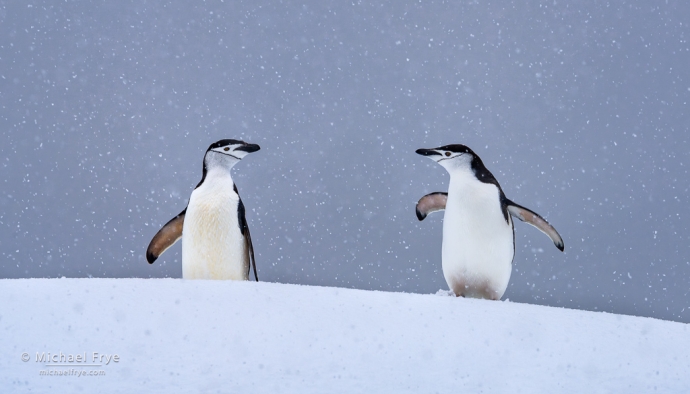
Chinstrap penguins in a snowstorm, Antarctica. Another pose from the chinstraps on our first zodiac excursion.
We moved on to photograph a Weddell seal, an ice arch, and other interesting ice and rock formations, then headed back to the ship for lunch. In the afternoon we passed an iceberg with penguins, then made our first landing at a gentoo penguin colony, where we got to watch lots of classic penguin behavior: nest-exchange displays, rock gathering and stealing, and parents feeing chicks. A classic Antarctic experience, and a great way to end our first full day.
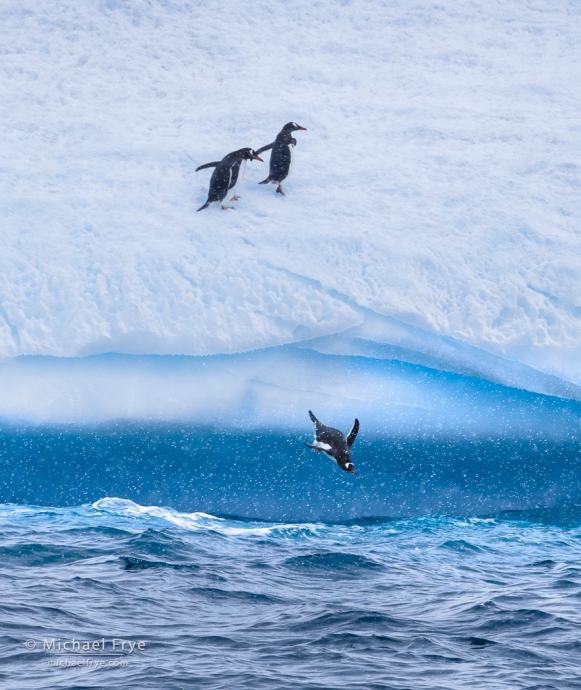
Gentoo penguins diving off an iceberg, Antarctica. The captain slowed the ship so we could photograph these penguins on an iceberg.
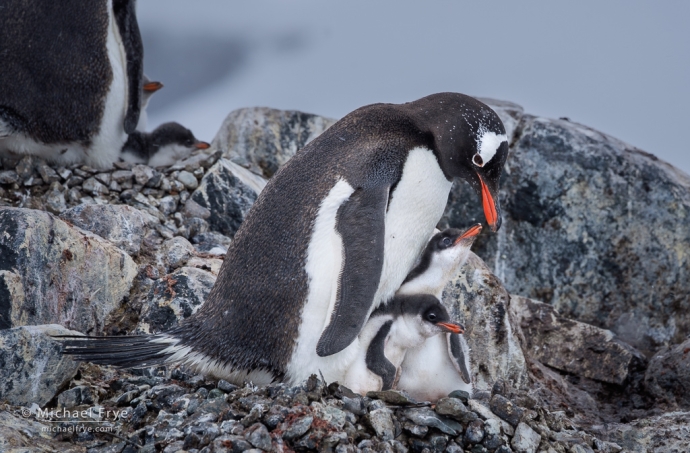
Gentoo penguin parent and chicks, Antarctica. From our first landing at a penguin colony. There were chicks of all ages and sizes at this colony – and even some parents still incubating eggs.
It was an amazing, wonderful 36 hours – a great introduction to Antarctica. But the next day would be even better. Stay tuned!
— Michael Frye
Related Post: A Quick Note From Antarctica
Michael Frye is a professional photographer specializing in landscapes and nature. He lives near Yosemite National Park in California, but travels extensively to photograph natural landscapes in the American West and throughout the world.
Michael uses light, weather, and design to make photographs that capture the mood of the landscape, and convey the beauty, power, and mystery of nature. His work has received numerous awards, including the North American Nature Photography Association’s 2023 award for Fine Art in Nature Photography. Michael’s photographs have appeared in publications around the world, and he’s the author and/or principal photographer of several books, including Digital Landscape Photography: In the Footsteps of Ansel Adams and the Great Masters, and The Photographer’s Guide to Yosemite.
Michael loves to share his knowledge of photography through articles, books, workshops, online courses, and his blog. He’s taught over 200 workshops focused on landscape photography, night photography, digital image processing, and printing.

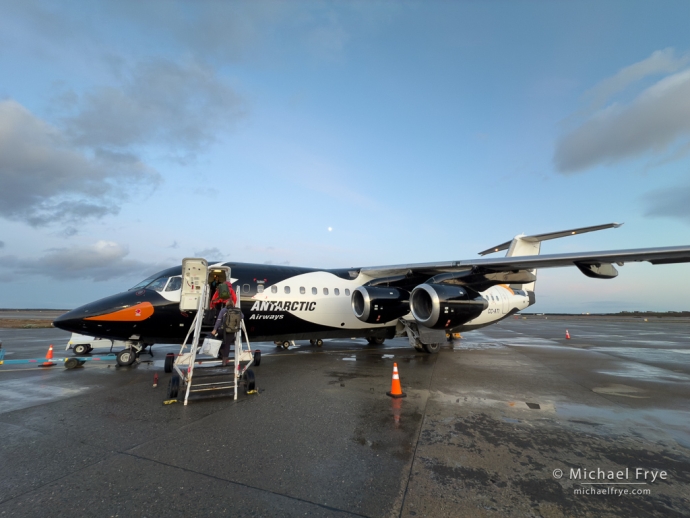
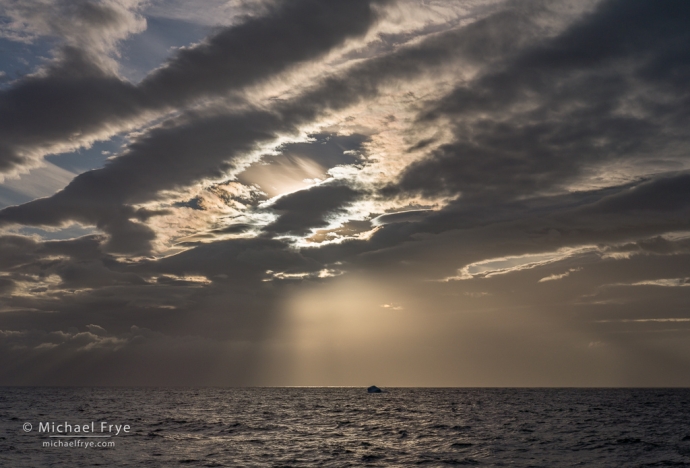
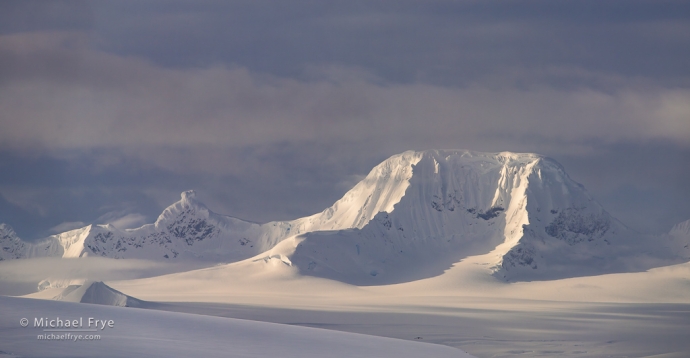
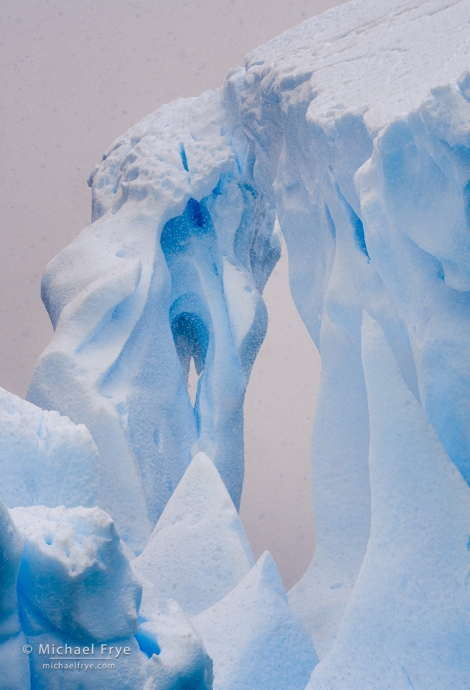
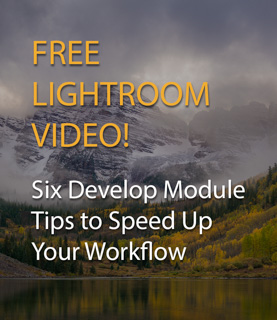





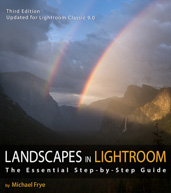
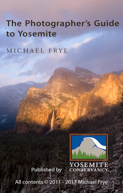
Stunning images Michael!! I can’t wait to see more!!! Thank you for sharing these…it is other worldly indeed!!!
Thanks very much Claire!
Loved this first chapter Michael – really looking forward to the rest! Also keenly interested in how you got from California to Chile – and your experience of that trip… (How long, layovers, tips…)
Thanks very much Gregory! As for the trip, well, it was long! We flew on LATAM, which I think is the only non-stop option from LAX to Santiago. We drove to LAX (staying at Claudia’s brother’s place) rather than making an extra connection from SFO or Fresno to LAX. And instead of parking our car at LAX for more than two weeks, we made one-way car rentals for both going down to LAX and coming back. From there it was non-stop 10-11 hours to Santiago, then about 3 hours to Punta Arenas. And this trip included a chartered flight (about 2 hours) from Punta Arenas to King George Island, where we boarded our ship. (Otherwise you’re looking at a minimum two-day journey – each way – by ship across the rough Drake Passage.) So a long journey, but well worth it. Connection times in Santiago are tricky. On the way down you have to go through customs, so if the layover is too short and the plane is late you could miss the connection. (It’s also a 10-15 minute walk between the international and domestic terminals.) I think a two-hour layover would be the bare minimum. Three hours would be less stressful if you can find it. We actually scheduled a longer connection, but got there on time, cleared customs quickly, and were able to get an earlier flight to Punta Arenas with a minimal change fee. On the return you don’t have to go through customs in Santiago, so you might be able to get away with a shorter layover, but I’d still want at least two hours to be sure.
Thanks Michael – very helpful. I can tell that a lot went into the logistics of just getting there! As I get older, I’m more willing to spend a bit more for comfort and ease, and have thought I’d be in the fly-there camp. I understand weather can delay those flights too, and I’m OK with not taking unnecessary risks. Love these reports!
So speechless! Amazing images and a long trip for sure.
Thank you Randy!
Thank you for your wonderful images and vivid descriptions, Michael.
Antarctica is a bucket list trip for me, but who knows if I will ever make it! Until then I will travel vicariously through you.
So looking forward to the next instalment.
Thanks so much Geoff! Hope you get to go. I’ll be going to for Visionary Wild next January, so come join us!
Wow! Michael, these photos and your blog are fabulous! What an incredible experience. Thank you for sharing! I look forward to your next post. ✨🐧✨ It is wonderful to live vicariously through your travels.
Thanks so much Kris!
Simply stunning photos, Michael! What a fantastic experience you and Claudia had—such incredible beauty on an amazing adventure! I’m looking forward to seeing more Antarctica photos! Cheers!
Thanks very much Bob!
Wow vilken resa. Fantastiska berättelser med fina bilder. Väntar med spänning till nästa avsnitt. Önskade att jag kunde vara med. Därför är jag tacksam över att få vara med på er resa Comment *
Thanks very much Anita!
Amazing images!!!
Thank you Jack!
I love hearing about your trip, Michael, and the images are amazing. I especially love the iceberg arch – it’s unusual and so beautiful.
Thanks so much Lisa!
Thank you for the beautiful images and informative blog. Antartica is a magical place.
Fingers crossed Carmen and I can join you in 2026!
Thanks again Don, and I hope so too!